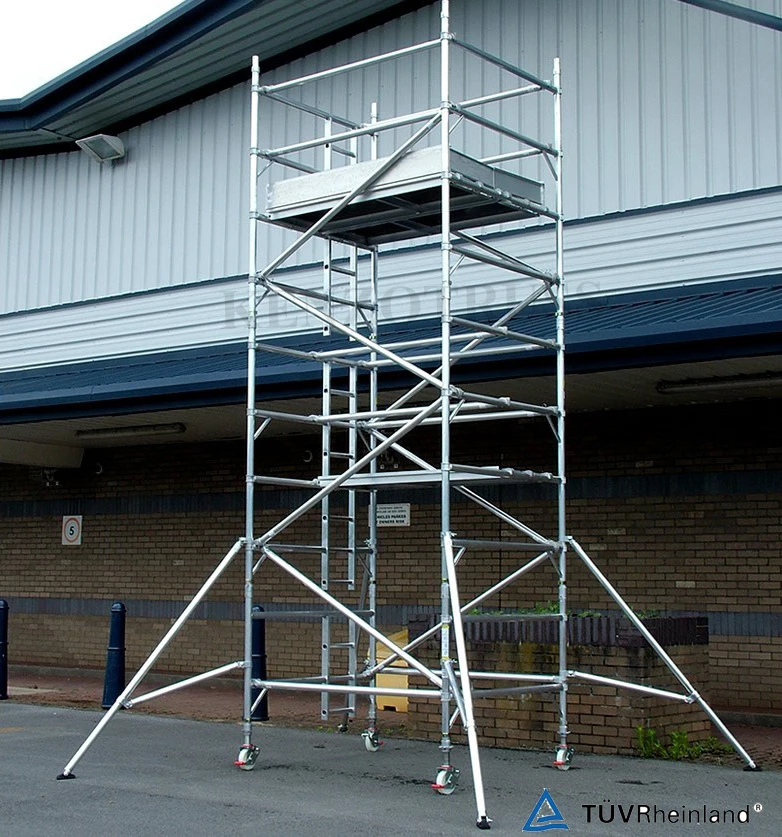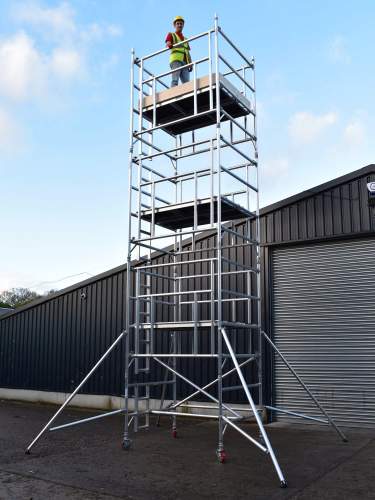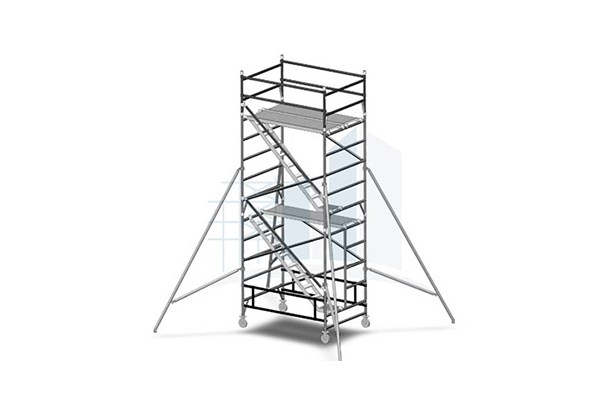Scaffolding for Beginners: Understanding the Essentials
Scaffold Dismantling Safety: Procedures to Comply with ======================================================
To assure scaffold taking down safety, conduct extensive pre-dismantling examinations checking for damages and stability. Protected tools and devices appropriately with normal checks and organized storage. Clear the workplace to stop risks, set up cleaning treatments, and utilize the best tools for dismantling steps. Examine post-dismantling honesty, assess the ground, and implement precaution strictly. Adhering to these treatments is vital for employee safety and security. Understanding each step in the dismantling process is vital for successful and secure scaffold taking apart.

Pre-Dismantling Assessment
Prior to starting the taking apart procedure, what secret facets should be checked during the pre-dismantling phase to guarantee safety and performance? One essential element is carrying out a complete security check to ensure that all safety protocols remain in place and operating properly. This consists of examining guardrails, toeboards, and personal protective tools to stop falls and other crashes throughout the dismantling procedure.
An additional essential facet to ponder during the pre-dismantling phase is examining the structural stability of the scaffold. It is important to look at the scaffold parts for any signs of damages or wear that could jeopardize its stability. This consists of monitoring for corrosion, deterioration, or any kind of defects that might compromise the scaffold framework.
Securing Devices and Tools
To ensure the safety and performance of the scaffold taking apart process, it is necessary to securely save and arrange all devices and tools made use of throughout the operation. Appropriate storage and equipment maintenance are essential factors in ensuring a smooth and hazard-free taking apart procedure. Below are some crucial actions to adhere to:
Assign specific storage space areas: Designate dedicated locations for each and every device and tools thing to avoid clutter and confusion. This technique help in easy accessibility and reduces the danger of locating scattered tools.
Use device belts or bags: Urge workers to utilize tool belts or bags to bring essential hand devices. This not just maintains devices safe however likewise permits hands-free motion on the scaffold.
Execute routine devices checks: Conduct routine evaluations to make sure that all devices are in great working problem. Any kind of damaged or malfunctioning equipment ought to be quickly fixed or changed to prevent accidents.
Protected loosened tools: Use lanyards or tethers to secure tools that poses a risk of falling from elevations. This precaution reduces the threat of tools going down and creating injuries to employees below.
Clearing the Workplace
Making certain a clutter-free and organized work area is vital before commencing the scaffold taking apart procedure to enhance safety and effectiveness. Website prep work is vital in this phase to ensure a hazard-free setting for workers. Before starting the taking apart procedure, security precautions have to be strictly complied with, including the assessment of the workplace for any type of prospective threats.
Particles elimination plays a crucial function in maintaining a safe workplace. Cleanup treatments must be developed and followed faithfully to prevent mishaps caused by sliding or tripping over materials. Appropriate disposal approaches should be carried out to dispose of debris securely and effectively.
Systematic Taking Down Process
Carrying out a systematic strategy is important for the risk-free and reliable taking down of scaffolds on construction websites. By complying with certain actions, employees can ensure a smooth and safe process while taking down scaffolding structures. To achieve this, the complying with practices are recommended:
Check the Scaffold: Prior to starting the taking down process, take a look at the scaffold for any kind of damage or wear that can endanger its honesty. Address any kind of issues found prior to continuing.
Eliminate Particles: Clear the scaffold of any kind of devices, materials, or debris that might pose a threat during taking apart. Maintaining the workplace tidy enhances safety and guarantees an effective process.
 4. Follow Sequence: Take apart the scaffold in the reverse order of its setting up, adhering to the producer's standards. This methodical technique minimizes the risk of crashes and makes sure a methodical failure.
4. Follow Sequence: Take apart the scaffold in the reverse order of its setting up, adhering to the producer's standards. This methodical technique minimizes the risk of crashes and makes sure a methodical failure.
- Usage Appropriate Devices: Use proper devices and tools for each and every taking apart task. scaffold platforms This practice advertises risk-free practices and adds to a reliable operations.
Sticking to these risk-free methods and maintaining an effective process is important for the successful taking down of scaffolds on building and construction websites.
Post-Dismantling Assessment
After completing the taking apart process of scaffolds on building and construction websites, an extensive post-dismantling analysis must be conducted to evaluate the architectural integrity and security of the taken apart areas.
The assessment process entails checking out the problem of the ground where the scaffold was placed, checking for any kind of possible damage to the surrounding structures, and making sure that all debris has been properly eliminated to avoid threats. Safety methods must be strictly adhered to throughout this evaluation to alleviate dangers to workers and other personnel in the vicinity. rent scaffolding
It is essential to confirm that no components were left that can position a risk, such as loose fittings or unpredictable components. Additionally, performing a final examination to verify that all precaution have actually been implemented according to policies is important.
Frequently Asked Inquiries
What Are the Consequences of Not Complying With Correct Scaffold Taking Down Treatments?

Not following appropriate scaffold taking down procedures can result in serious security risks, such as drops and injuries. In addition, there are legal implications, consisting of fines or penalties for non-compliance with safety guidelines. It is necessary to focus on safety procedures.
Are There Any Details Training Needs for Workers Associated With Scaffold Dismantling?
Employee training for scaffold taking down is necessary to guarantee security. Certain training requirements consist of recognizing taking apart treatments, recognizing hazards, and utilizing correct devices. Safety precautions must be followed faithfully to avoid accidents and injuries.
How Typically Should Scaffolds Be Inspected for Prospective Dismantling?
The regularity of evaluation for scaffolds before dismantling must align with guidelines and industry finest techniques to assure security. Applying detailed evaluations consistently, while sticking to safety and security preventative measures, helps alleviate dangers and advertises a safe workplace.
What Should Be Finished With Damaged Scaffold Elements After Taking Down?
After taking down, damaged scaffold elements should be effectively analyzed for salvage options. If salvage is not viable, take into consideration recycling choices to throw away the materials sensibly. Prioritizing safety and environmental awareness is necessary in these methods.
Exist Any Kind Of Regulations or Guidelines Pertaining To the Disposal of Scaffolding Materials After Dismantling?
Disposal regulations and waste monitoring standards exist to deal with the ecological influence of scaffolding products post-dismantling. Recycling alternatives offer sustainable options for disposing of scaffold elements, guaranteeing conformity with policies and promoting responsible waste management practices.
Verdict
To summarize, adhering to proper scaffold taking apart procedures is vital to ensure the security of employees and avoid mishaps.
By conducting a pre-dismantling assessment, securing devices and tools, getting rid of the workplace, adhering to a systematic taking down procedure, and carrying out a post-dismantling evaluation, prospective hazards can be identified and alleviated.
It is necessary to adhere to these guidelines to preserve a risk-free workplace and avoid injuries.